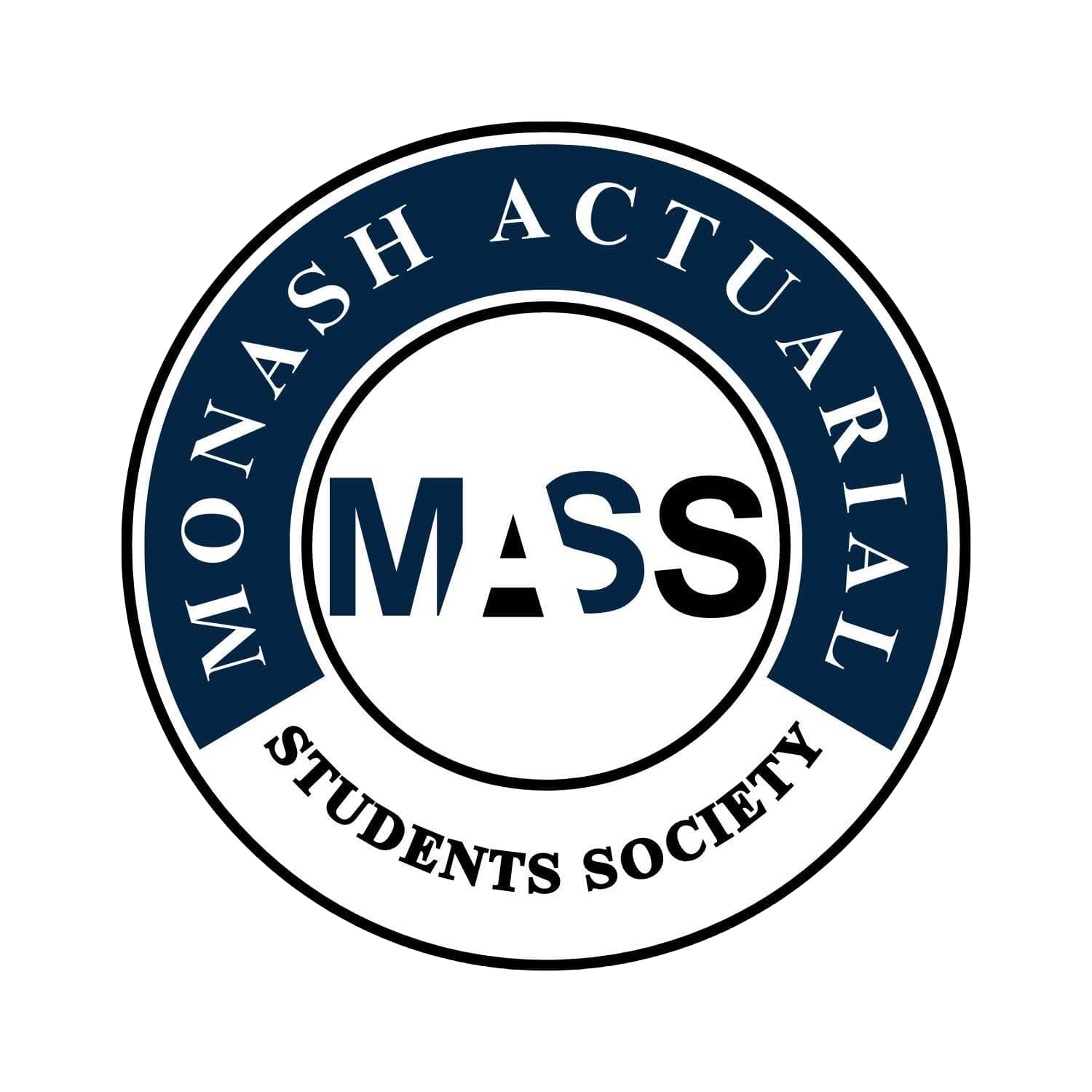ETC3420 / ETC5342 Applied Insurance Methods (2024)
Difficulty:
Year Completed: Semester 2, 2024
Prerequisite: ETC2420 or ETC2520
(or MTH2222)
Exemption:
CS2 Risk Modelling and Survival Analysis
ETC3420 (20%), ETC3430 (60%), ETC3550 (20%)
CM2 Financial Engineering and Loss Reserving
ETC3420 (20%), ETC3460 (25%), ETC3520 (55%)
Weighted average of 70% required. Minimum of 60% required for each unit.
Mean Setu Score: 73.19%
Clarity of Learning Outcomes: 65.22%
Clarity of Assessments: 65.22%
Feedback: 73.91%
Resources: 78.26%
Engagement: 95.65%
Satisfaction: 60.87%
Subject Content:
Lecture(s) and Tutorial(s):
Textbook(s):
Assessments:
This unit covered risk distributions, individual risk models, collective risk models, ruin theory, premium principles, claims reserving, extreme value theory and copulas.
1 x 2 hour lecture
1 x 1.5 hour tutorial
No textbooks were required.
CM2 Core Reading for Institute of Actuaries UK and CS2 Core
Reading for Institute of Actuaries UK - Both are very much relevant
for the unit, with useful notes and questions that serve as an
extension to the tutorial questions.
Tutorial Presentations 5%
Quiz 15%
Individual Assignment 20%
Final Exam 60%
Comments
Considered a fairly challenging unit, with significant theory and several topics, this unit rests on several pre-requisite units. This unit requires consistent study and many students suggest that you will need to study outside the provided materials, for clarity. It covers the maths and statistics involved in calculating short term risks.
Understanding the concepts completely can be difficult, and required resources beyond the lecture for full comprehension. Many students required more research to really understand what was taught. The lecture slides themselves can be brief, so you can’t rely on just reading the slides, and as the assignments are based on understanding, it’s worth the extra work.
While tutorial attendance wasn't mandatory, it proved beneficial as lectures primarily covered theoretical aspects with minimal practice questions. As the lectures are theory based, for practical understanding, the tutorials are definitely recommended, though they aren’t mandatory. One of the assessments, the question presentation, is contained in the tutorials.
Students found the assignments achievable, particularly as they prioritised effort rather than correctness, but the weekly quizzes require you to stay on top of the current content and lectures. Falling behind can be easy, in such a heavy subject, with such concise slides.
Tutorial Presentations:
The tutorial presentations encompassed two components. One involved tackling a tutorial question derived from the week's exercise, and the other delved into research or industry-related themes. Grading exhibited leniency, fostering an environment conducive to exploration and learning.
Moodle Quiz:
Initially constrained by a tight timeframe relative to the question complexity, the quiz duration was extended to 20 minutes from the initial 10 based on student feedback. While artificial intelligence (AI) was permitted, its utility in this timed setting was somewhat limited.
Assignment:
The assignment unfolded in two segments. The initial phase mandated the submission of specified sections, with full marks granted for attempting and submitting all segments, irrespective of correctness. The subsequent segment entailed a comprehensive report submission. Substantial credit was accorded to responses that demonstrated reasonability and robust support, emphasizing the recognition of effort and thoughtful engagement.
Students found the exam difficult, and suggested that it contains rather extended theory, and extensive application skills. The exam is closed book (one-page of notes), and many students felt the time-pressure, particularly to the jump in difficulty from the tutorial questions to the exam questions.
Stay on top of the content and complete it before the quizzes to ensure you can maximise assignment grades, and create a buffer for the exam.
General Overview:
Lectures:
Tutorials:
Assessments/Other Assessments
Exam
Concluding Remarks

